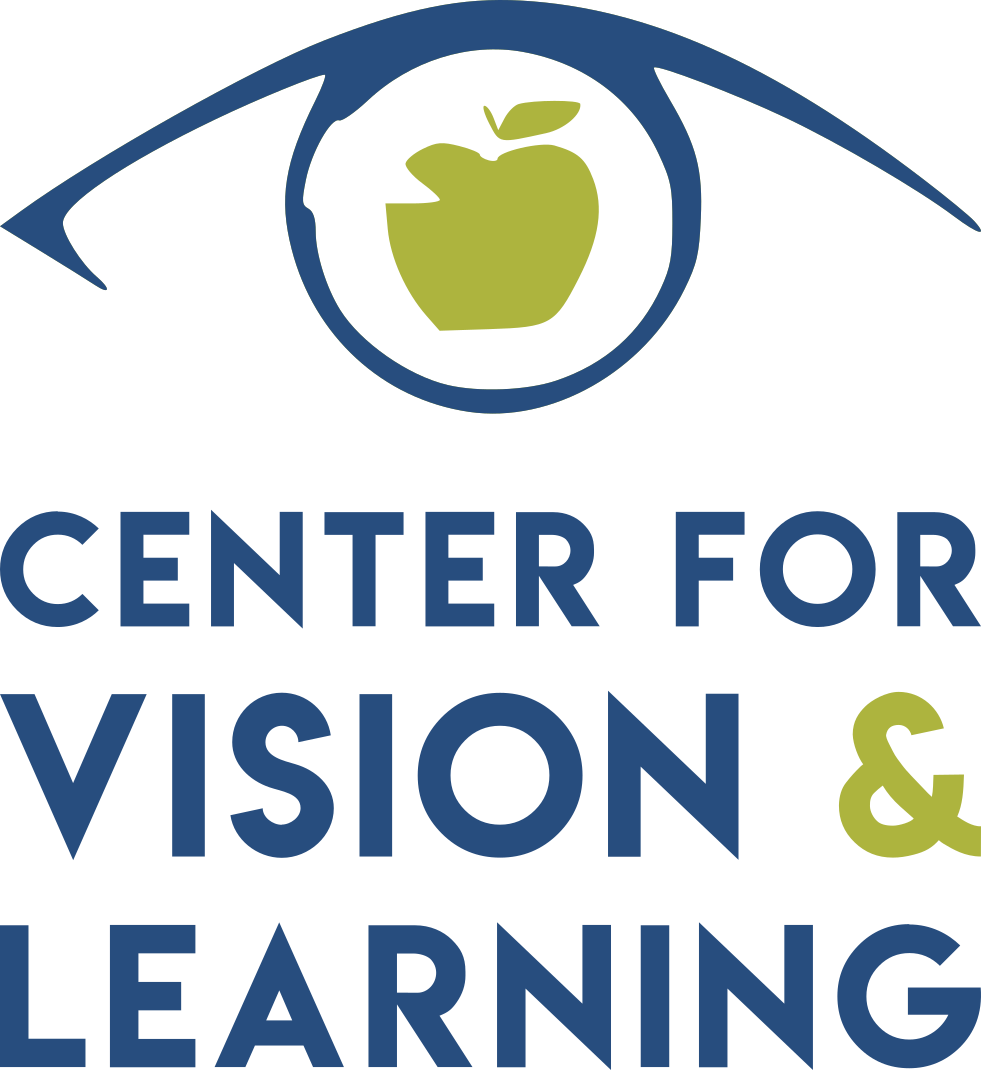The healing power of light
“I can’t see out of my left eye!”
Our patient Jane has a rare, severe headache syndrome. When it flares up, it sometimes can be treated with medication, but other times it lands her in the hospital. This spring, she was able to get the headache under control with medication, but she suddenly couldn’t see out of her left eye. Her doctor explained that her eye was healthy, but that her body had “shut off” that eye trying to cope with the stress of the headaches.
Jane first came to see me about a month after she had lost vision in her left eye. She felt that her vision hadn’t improved at all, and all she could see were blobs of colors. She could make out the “big E” on the eye chart but not much else. Her visual field was only about ten degrees wide (it should be about 170 degrees!) She is an active college student and was anxious to get her vision back to normal. So, how do we convince Jane’s brain that it’s OK to use both eyes again?
Light can have a profound effect on the body and mind. When I think about how light influences the body, jaundiced babies are the first thing that comes to mind. They are treated by exposing as much of their skin as possible to a “bili-light” to help their bodies clear excess bilirubin. Winter seasonal affective disorder is the condition I think about when I consider how light influences the mind. Although we don’t know exactly what causes some people to get so gloomy in the winter months, the first treatment choice is light therapy. Looking at bright light that is similar to sunlight stimulates the brain to better regulate mood. Even our sleep can be influenced by light. Most of us spend a lot of time looking at screens these days, and may have experienced how their blue light can keep us up at night. Many new phones have “night shift” or blue light filters built in to counteract these unwanted effects.
With this in mind, I chose an approach called Syntonic Phototherapy to stimulate Jane’s visual system. It’s basically neurological rehabilitation using specific wavelengths of light. Syntonic phototherapy is simple and painless. It required Jane to wear colored filters for a prescribed amount of time each day.
For Jane, we used two different wavelengths of light to help her visual system find balance and then reset to a more normal state. Our visual systems are highly influenced by the autonomic nervous system (the “fight or flight” response on one side and the “rest and digest” response on the other). Jane was basically stuck in “fight or flight” mode, which had become overwhelming.
Within one month, Jane had regained nearly normal visual acuity in her left eye (20/20 eyesight) and visual field. She is excited to continue to shore up her visual skills to hopefully prevent this from happening again!
Here are the visual field tests from her eyes, before syntonic phototherapy and then after.
Before (right eye and left eye):
And after (right eye and left eye):


